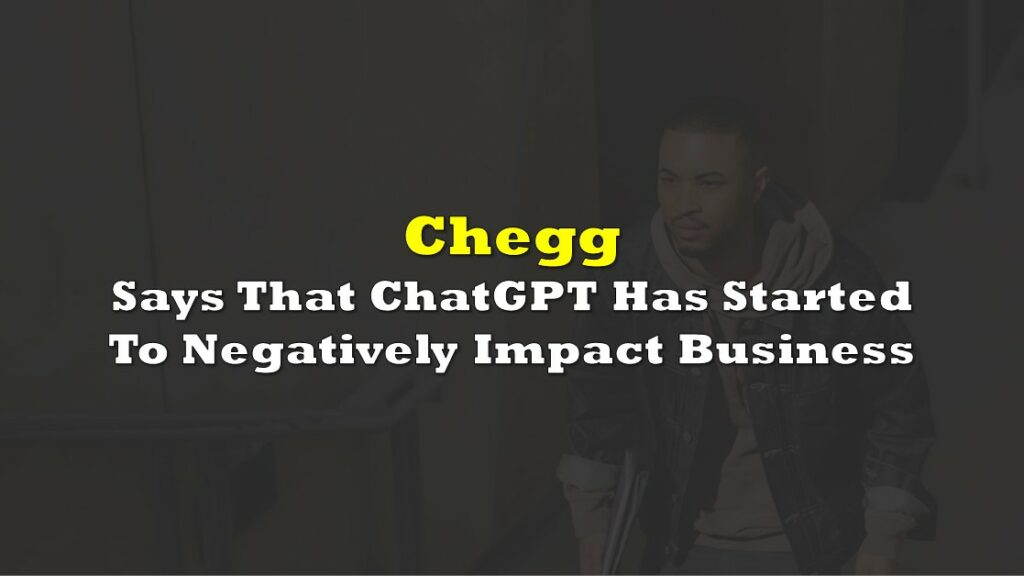On November 2, the e-learning firm Coursera, Inc. (NYSE: COUR) reported 3Q 2021 results which on the surface looked good and beat consensus analysts’ estimates. evenue in the quarter reached nearly US$110 million, up 33% from the year-ago period, and adjusted EBITDA was negative US$3.1 million, but an improvement from a US$4.3 million deficit in 3Q 2020. Coursera’s cash position, US$816 million as of September 30, 2021, remains very comfortable.
Coursera offers online courses in such highly topical area as computer science and machine learning. Bachelor’s and master’s degree programs are also available. As of September 30, 2021, the company had 92 million registered learners, up from 86.5 million on June 30, 2021.
| (in thousands of US $, except for shares outstanding) | 4Q 2021E | 3Q 2021 | 2Q 2021 | 1Q 2021 |
| Revenue | $111,000 | $109,880 | $73,728 | $53,847 |
| Operating Income | ($31,427) | ($13,836) | ($14,669) | |
| Adjusted EBITDA | $(18,000) | ($3,139) | ($2,872) | ($10,125) |
| Operating Cash Flow | ($2,904) | $11,381 | ($7,536) | |
| Cash/Investments – Period End | $816,104 | $800,737 | $280,801 | |
| Debt – Period End | $21,431 | $23,041 | $486,942 | |
| Shares Outstanding (Millions) | 138.8 | 137.1 | 43.2 |
However, Coursera’s results have been overshadowed by an early November warning, guidance reduction and (perhaps not surprisingly) stock price plunge by e-learning peer Chegg, Inc. (NYSE: CHGG). Chegg, which provides online assistance, including homework help and exam prep for high school and college students, said that improved employment and compensation opportunities are causing students not to need its services as much as during the height of the COVID-19 pandemic.
Consequently, Chegg slashed the midpoints of its full year 2021 revenue and adjusted EBITDA guidance range to US$763 million and US$256 million from US$810 million and US$297.5 million, respectively.
Chegg’s shares now trade at about half the price they did just a week ago, and this loss of value has pressured — and likely will continue to pressure — Coursera’s valuation. The table below compares Coursera’s key valuation to that of three other leading e-learning companies, including Chegg.
| (in thousands of US $, except where noted) | Coursera, Inc.* | Chegg, Inc.* | Stride, Inc. | 2U, Inc.* |
| Stock Exchange | NYSE | NYSE | NYSE | NASDAQ |
| Symbol | COUR | CHGG | LRN | TWOU |
| Stock Price | $32.16 | $31.76 | $36.17 | $28.20 |
| Shares Out. (M) | 138.8 | 144.95 | 41.59 | 74.5 |
| Market Cap. | $4,463,808 | $4,603,612 | $1,504,310 | $2,100,900 |
| Revenue | $406,000 | $763,000 | $1,565,960 | $940,000 |
| Adjusted EBITDA | ($32,500-$35,500) | $256,000 | $226,200 | $60,000 |
| Cash | $816,104 | $1,752,182 | $218,519 | $953,107 |
| Debt | $21,431 | $1,690,886 | $589,020 | $831,157 |
| Enterprise Value (EV) | $3,669,135 | $4,542,316 | $1,874,811 | $1,978,950 |
| EV/Revenue | 9.0 | 6.0 | 1.2 | 2.1 |
| EV/Adjusted EBITDA | N/M | 17.7 | 8.3 | 33.0 |
Coursera trades at an enterprise value (EV) -to-revenue ratio of around 9.0x, much higher than its peers even though its adjusted EBITDA is negative. In comparison, Stride, 2U, and Chegg all generate significant positive operating cash flow. In particular, Chegg, which previously commanded a premium EV-to-revenue multiple, now trades at a 33% discount to Coursera.
Coursera and Chegg target different, generally non-overlapping regions of the e-learning market. Therefore, it is possible that a slowing in Chegg’s business does not necessarily portend a slowing in Coursera’s.
Coursera is positioned in a growing industry and projects strong revenue growth over the intermediate term. However, it trades at a marked premium to its e-learning peers on perhaps the two key measures for growth companies — EV/Revenue and EV/EBITDA.
In addition, Chegg, a well-known peer company, is unlikely to trade at appreciably better levels until it can prove to investors that the slowdown it is experiencing is temporary not structural, a process that is likely to take time. None of this seems to create a good backdrop for Coursera shares.
Information for this briefing was found via Edgar and the companies mentioned. The author has no securities or affiliations related to this organization. Not a recommendation to buy or sell. Always do additional research and consult a professional before purchasing a security. The author holds no licenses.










